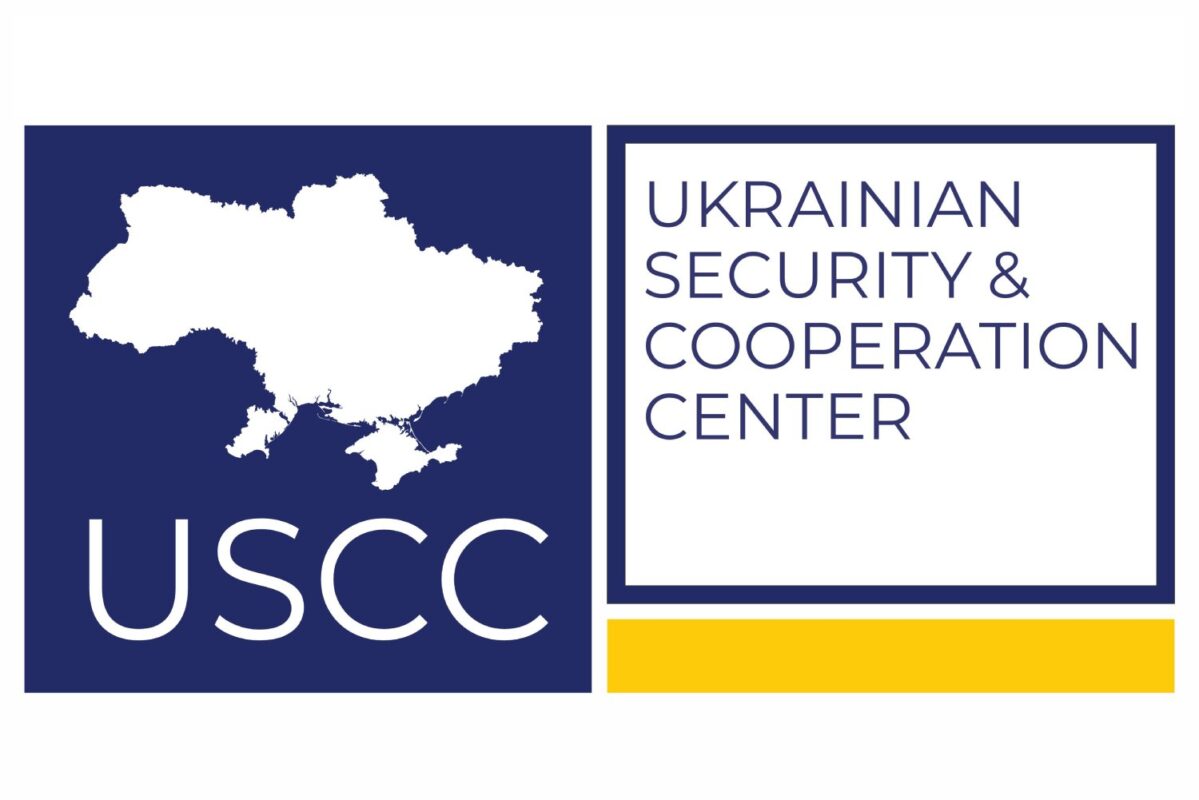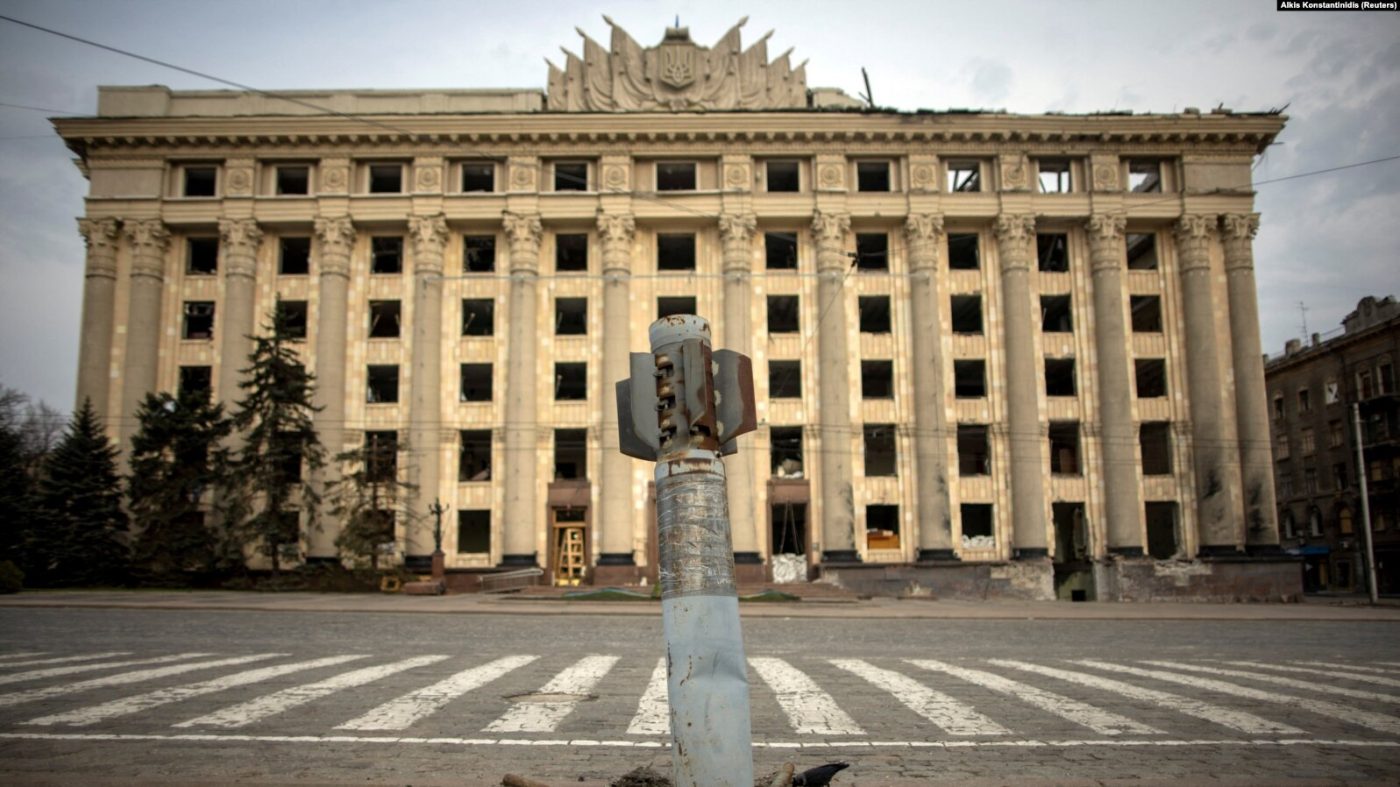Kharkiv has been and remains one of Russia’s key targets during its full-scale offensive.
From the first day of the war, the enemy tried to encircle the city, firing rocket and cannon artillery every day, and Kharkiv was within the range of even Russian mortar crews. As a result, the city suffered significant destruction, and civilian objects such as multi-storey buildings, schools, kindergartens and hospitals were destroyed or damaged.
However, Kharkiv did not give up.
Already on February 25, Russian vehicles were burning en masse on the Kharkiv ring road near the village of Tsyrkuny, and on February 27, Ukrainians destroyed a column of Russian armored Tigers that managed to break into the city. In the spring of 2022, the Ukrainian command launched the first offensive operation to push the enemy back from Kharkiv and prevent Russian artillery from being able to strike and destroy Ukraine’s second largest city.
Liberation of Kharkiv region in the spring of 2022
In late March and early May 2022, the Armed Forces of Ukraine conducted the final stage of the defense of Kharkiv. This operation, as well as the September counteroffensive and the liberation of Kharkiv region, was led by the Commander of the Land Forces, and currently the Commander-in-Chief of the Armed Forces, Colonel General Oleksandr Syrskyi.
The Ukrainian offensive developed to the north and northeast of the regional center. Volunteer units joined the units of the Land Forces, the Main Intelligence Directorate of the Ministry of Defense, and the TDF.
On March 10, the Ukrainian Defense Forces pushed the Russians out of Dergachi, and on March 25, the Ukrainian army managed to liberate the village of Mala Rohan from the Russians. Later, on April 15, the Ukrainian Armed Forces liberated the adjacent town of Rohan, which reduced the number of attacks on the Industrial District of Kharkiv.
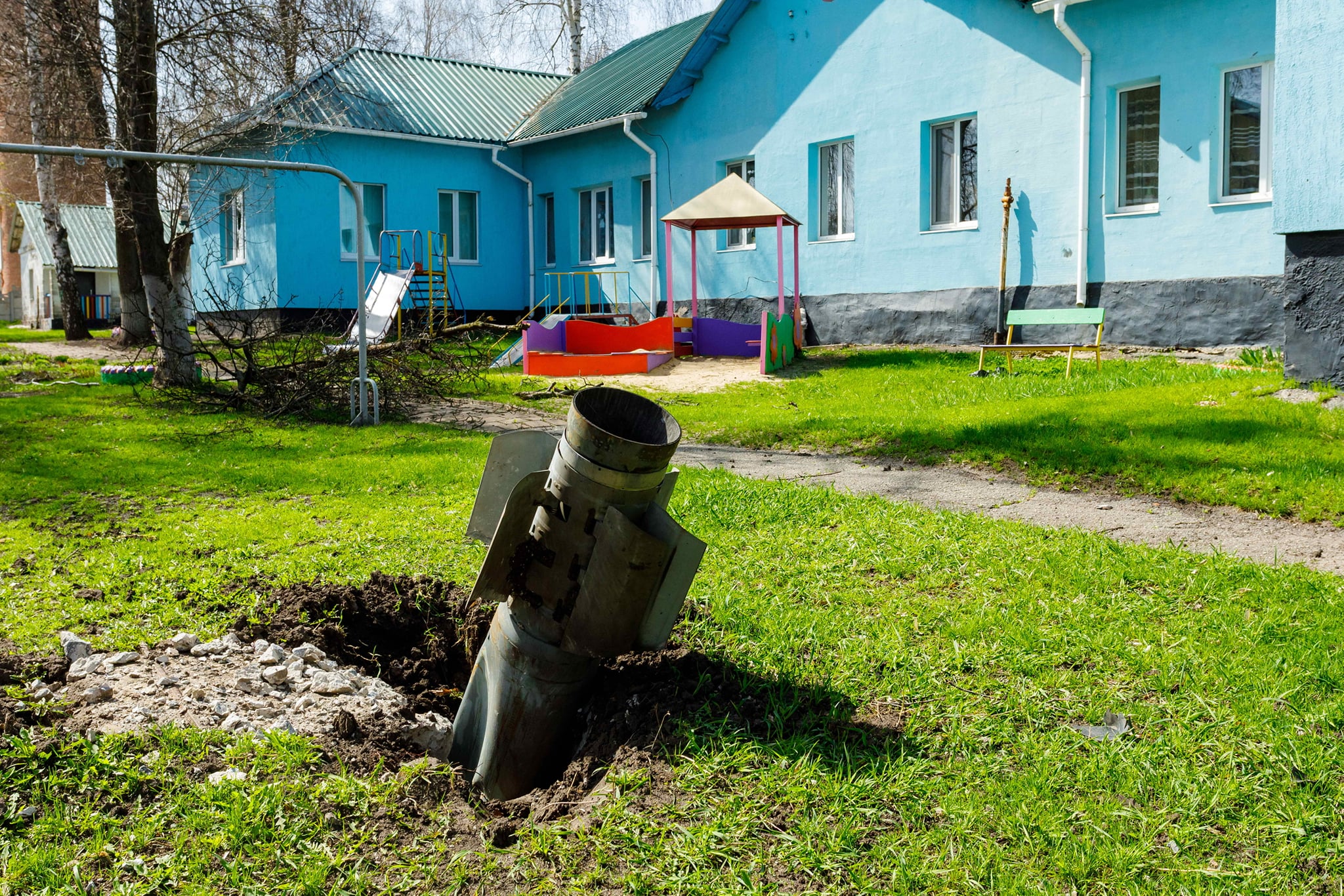
Rohan. Photo: Oleg Syniehubov
On April 29-30, the Defense Forces de-occupied the village of Ruska Lozova, located north of the city, near the ring road on the Belgorod-Kharkiv highway. This event was important in the defense of the city, as the Russians were shelling Oleksiyivka and Pyatikhatky, densely populated residential areas of Kharkiv, from the heights in the village. The liberation of Ruska Lozova was supported, among others, by the Kraken special unit of the Main Intelligence Directorate and the Chief of the DIU Kyrylo Budanov himself. In parallel with Ruska Lozova, soldiers of the 92nd Brigade liberated the village of Kutuzivka, east of the city.
In early May, the Ukrainian command announced that the Ukrainian Armed Forces had launched a counteroffensive on the Kharkiv and Izium directions.
The Ukrainians drove the occupiers out of the Kharkiv suburb of Tsyrkuny, and then from Cherkaski Tyshky and Ruski Tyshky. On May 10, the Ukrainian Armed Forces de-occupied another important village with a height, Pytomnyk.
In total, during the spring offensive, the Ukrainian Armed Forces managed to liberate 24 settlements and reach the state border in one area. The spring operation reduced the number of attacks on the city and also restored hope that life in Kharkiv would resume.
Three months later, during a lightning-fast counteroffensive in September, the Ukrainian Defense Forces liberated almost the entire Kharkiv region. According to analysts, the Russian army suffered devastating losses.
The third year of the war
The city has gradually recovered. Most of the residents have returned to Kharkiv (as of February 2024, the estimated population was 1.3 million), children are walking around, there are many cars in the center, and cafes are open. People here are already used to the fact that there may be an air raid upon arrival, as missiles fired from the Belgorod region reach Kharkiv in 30-40 seconds. The authorities have started building underground schools to educate children, and have already opened the first one. Earlier, 5 Kharkiv metro stations were converted into classrooms to teach 1000 schoolchildren offline – this is the reality of a border city in a time of war.
However, Russia does not give up hope of destroying or creating a humanitarian catastrophe in Kharkiv. At least, these are the statements made by the Russian authorities and top propagandists. In recent months, Russia has intensified its terror against the civilian population: it has destroyed the largest power plants, Zmiivska TPP and Kharkiv CHP-5, started using heavy aircraft bombs for attacks, and is spreading information about plans to capture the city, in addition, the Russian military has intensified its offensive in the Kupiansk direction.
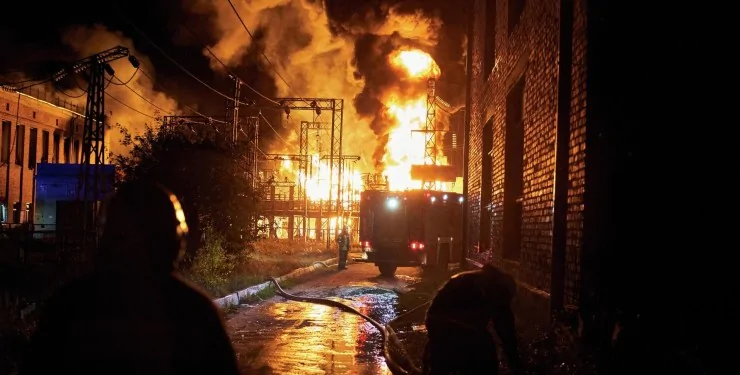
Russian shelling of Kharkiv. Photo: SESU
Since the beginning of February 24, 2022, 2355 civilians have been killed in the Kharkiv region (as of January 1, 2024), including 79 children, and another 546 are missing (including 128 women and 88 children). Unfortunately, the death toll is increasing almost every day.
In the spring of 2024, the Kharkiv Defense Council decided to forcibly evacuate children with their parents from the border areas to protect their lives. In March, the list included Velykoburlutska and Vilkhuvatska territorial communities, and in April, settlements close to the border with Russia in Kharkiv, Bohodukhiv and Izium districts.
All of this has a significant impact on the mood of the local population, but people are determined, they believe in the Armed Forces and that their Western partners will not leave Ukraine to its fate.
“When Russia announces any plans for Kharkiv, they do not take into account one important factor – the people of Kharkiv themselves. In 2022, the Russians thought they would be greeted with flowers, but instead they were met with heavy bullets. During these years of war, Kharkiv residents have experienced semi-surrounding, constant shelling, attacks by the Shahed, lack of electricity and water, and learned about torture chambers and mass graves after the de-occupation of the region. They already know well what the real Russia is. So when Moscow assumes that the city’s defense consists only of the Armed Forces, it is very much mistaken. However, this does not mean that Kharkiv should not prepare. In particular, it is urgent to address the issue of countering enemy CABs and ballistics,”
said military expert, head of the USCC Serhii Kuzan.
Kharkiv is being fortified
Despite the fact that the military is skeptical about Russia’s ability to capture the city, and experts call the massive spread of panic through social media a systematic campaign to sow panic and disbelief, the Ukrainian command believes it is necessary to strengthen security measures and defense capabilities in the region.
In particular, a second line of fortifications is currently being built in the Kharkiv region, which was de-occupied in 2022. According to Commander-in-Chief Syrskyi, the defense line will consist of platoon strongholds, anti-tank ditches, a comprehensive system of barriers, reinforced concrete underground dugouts, and a system of concrete and non-concrete firing positions.
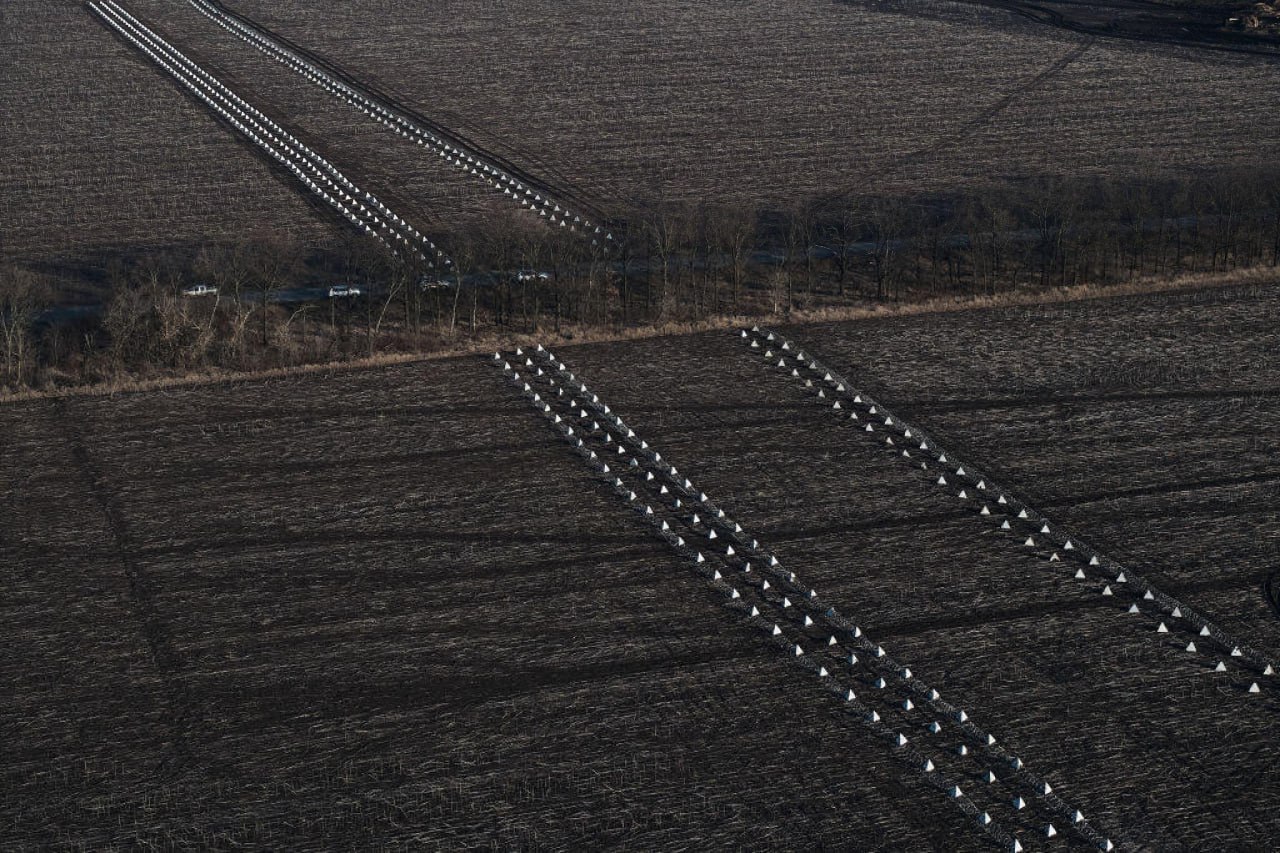
Defense lines are being actively prepared in Kharkiv region. Photo: Kostiantyn Liberov/Libkos/Getty Images
Local authorities report that construction workers are working 24/7 in extremely difficult conditions under enemy fire. The first line is currently occupied by the Armed Forces of Ukraine, while the so-called third line was built in Kharkiv and its suburbs just after the Russian troops were pushed out of the city in the spring. However, the issue of protection against heavy aircraft bombs that can pierce concrete is becoming more and more urgent, and this requires other protection – Patriot systems, or F-16 aircraft, which will allow Ukraine to drive enemy aircraft to a safe distance.
The Ukrainian Armed Forces Commander-in-Chief assures that if Russia tries to capture Kharkiv again, it will be another defeat for them.
“We already have experience of combat operations in Kharkiv region, we managed to “calculate” the enemy and liberate a significant part of Kharkiv region. It was then that the Russian front collapsed on a large scale. If the Russians move there again, Kharkiv will become a fatal city for them,”
said Syrskyi.
Full version of the article published for El Independiente
